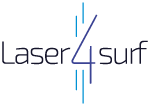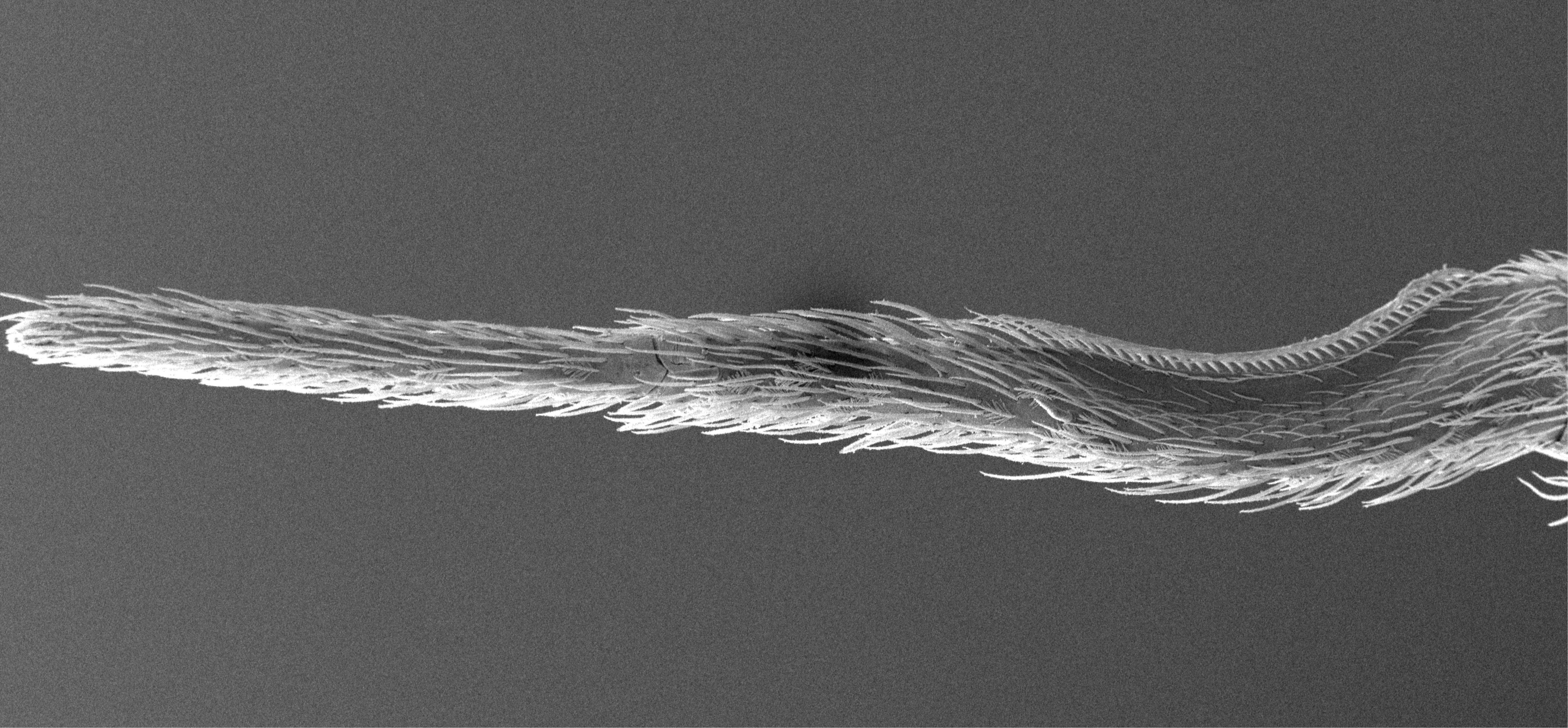When LIPSS were first discovered no-one truly knew how or why these surface ripples formed. This has now changed largely thanks to breakthrough research from physicist Jörn Bonse, staff scientist at the Federal Institute for Materials Research and Testing (BAM) in Berlin, Germany, and his colleagues. Here he talks about his longstanding interest in LIPSS.
Mr Bonse, you studied Physics at the University of Hannover, Germany, and achieved your Diploma in 1996 after looking at the development of fibre lasers at the Laser Zentrum Hannover. From there you moved to BAM, whilst also working towards a doctoral degree from Technical University of Berlin. When did you first encounter LIPSS?
Bonse: At BAM, I studied the femtosecond laser processing of semiconductors and ceramics. This was in fact the first time I came across laser-induced periodic surface structures (LIPSS) – patterns also known as ripples – that can form on the surface of almost any material by directing an intense laser beam at it. However, at the time, these ripples were simply a ‘side-effect’ of my research and I didn’t yet find them very interesting. This would soon change.
You received your PhD in 2001 and went on to hold various research positions around the world, including a post at the Institute of Optics of the Spanish National Research Council (CSIC) in Madrid, Spain. Was it after your PhD that your focus turned to LIPSS?
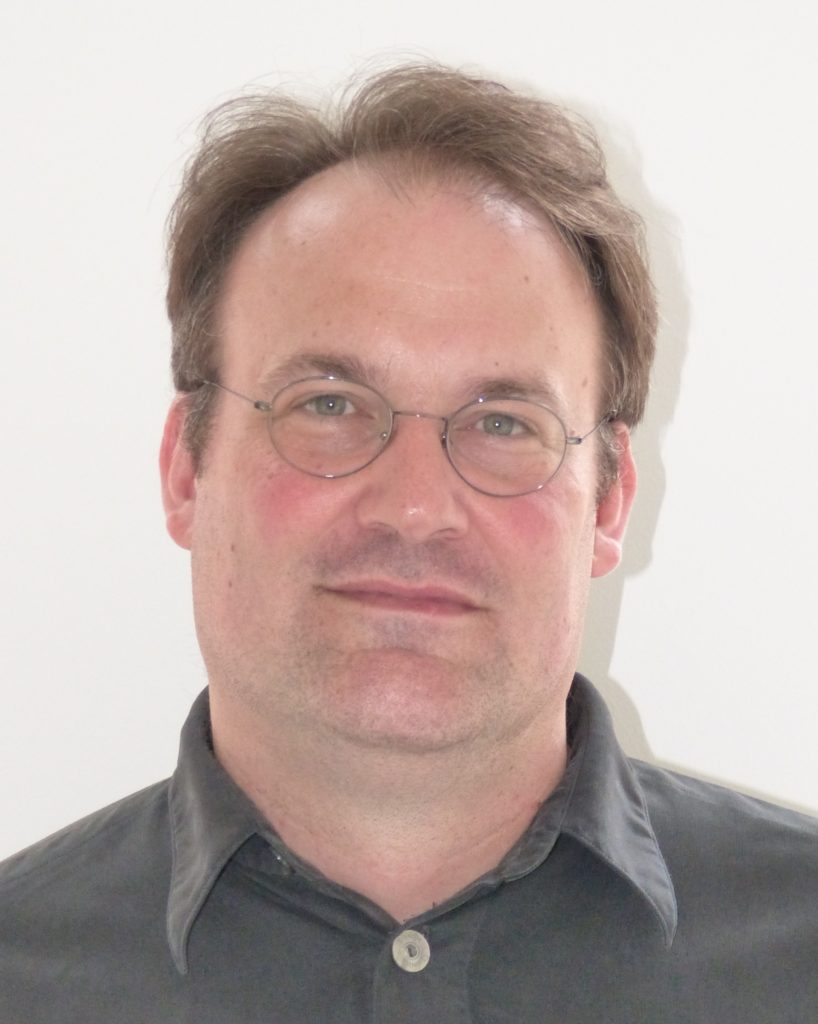
Bonse: At the CISIC I worked in the Laser Processing Group and learned so much about the dynamics of femtosecond laser ablation [how a laser beam removes material from a solid surface], and its underlying fundamental processes. During my four years there I also looked at the research of John E. Sipe, a Professor at the University of Toronto, Canada, who developed the most widely accepted theory on LIPSS during the 1980s. His work was very theoretical and couldn’t be easily applied in experiments, so I reshaped his fundamental theory into practical equations that could be used by experimentalists to calculate the ‘efficacy factor’ of LIPSS. This is now used to predict the essential properties of LIPSS. At the time, this part of my work was really only a hobby, but looking back, it was the point at which I started to dive into the topic of LIPSS. I returned to BAM in 2009 and we teamed up with colleagues at the Max Born Institute for Nonlinear Optics and Short Pulse Spectroscopy, also in Berlin, and with two joint grants from the German Science Foundation, studied LIPSS in more detail.
You know by now that there are two types of LIPSS: ‘low spatial frequency’ LIPSS that were discovered first followed by smaller, ‘high spatial frequency’ LIPSS. What else did you discover about LIPSS?
Bonse: In the beginning at BAM we focused on finding out more about the first type of LIPSS, how these form and how you could control them. The processes are complicated but we confirmed that specific surface electromagnetic waves are key to how these patterns form. Experiments showed that the first laser pulses to hit the surface of a material, make this surface a little rough via ablation. The pulses that come next then reflect, scatter and interfere with each other at this rough surface. This interference excites an electromagnetic wave at the material’s surface, which modifies the energy that is absorbed and creates the regular LIPSS ripple patterns. As part of our experiments at BAM we would systematically vary the parameters of our laser processing and then study how the ripples changed using, for example, scanning electron microscopy. From this we have learnt exactly how the ripple patterns form and what effects they have on a surface.
In the mid to late 1990s, you and other researchers observed new ripples that were significantly smaller than the wavelength of the laser. What about these second type of ripples?
Bonse: These high spatial frequency LIPSS or nanoripples could be produced very easily with the most advanced laser technology available at that time and although this new effect was not completely understood, many people jumped on the topic and started to research it further. What we have learned in the last twenty years is that you can create these kinds of ripples only with extremely short laser pulses. Only recently has it become clear that these nanoripples are caused by optical scattering at defects on the rough surface. When lasers with longer pulses are used, these nanoripples do not ‘survive’, but instead are washed away by thermal effects from that laser.
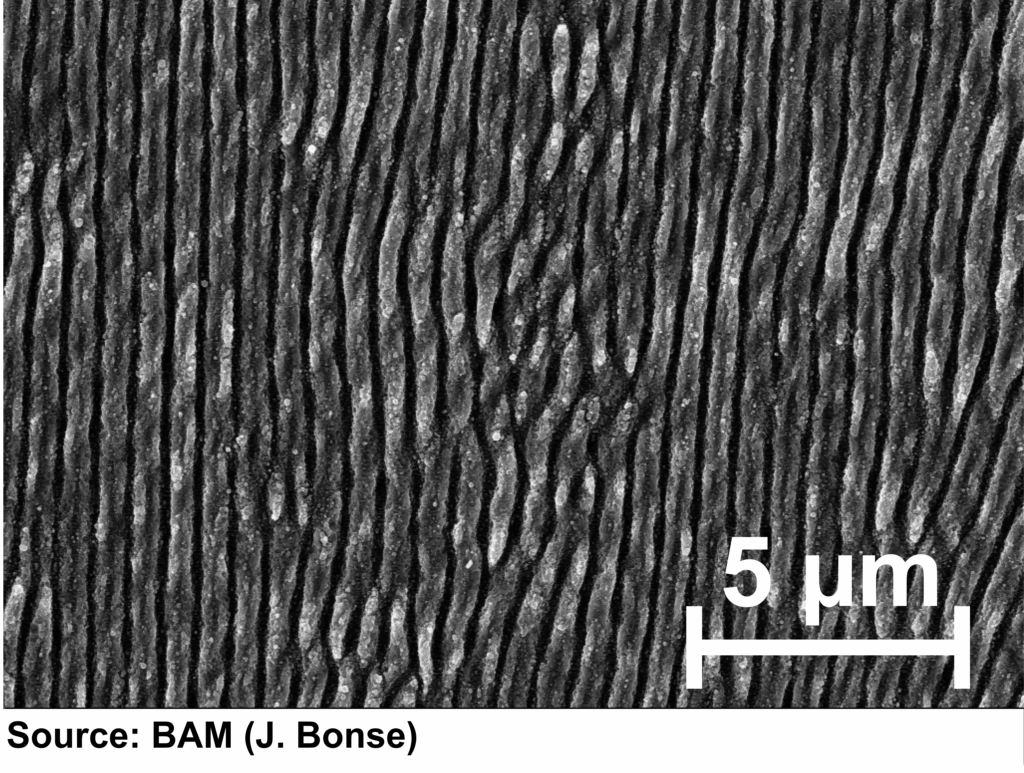
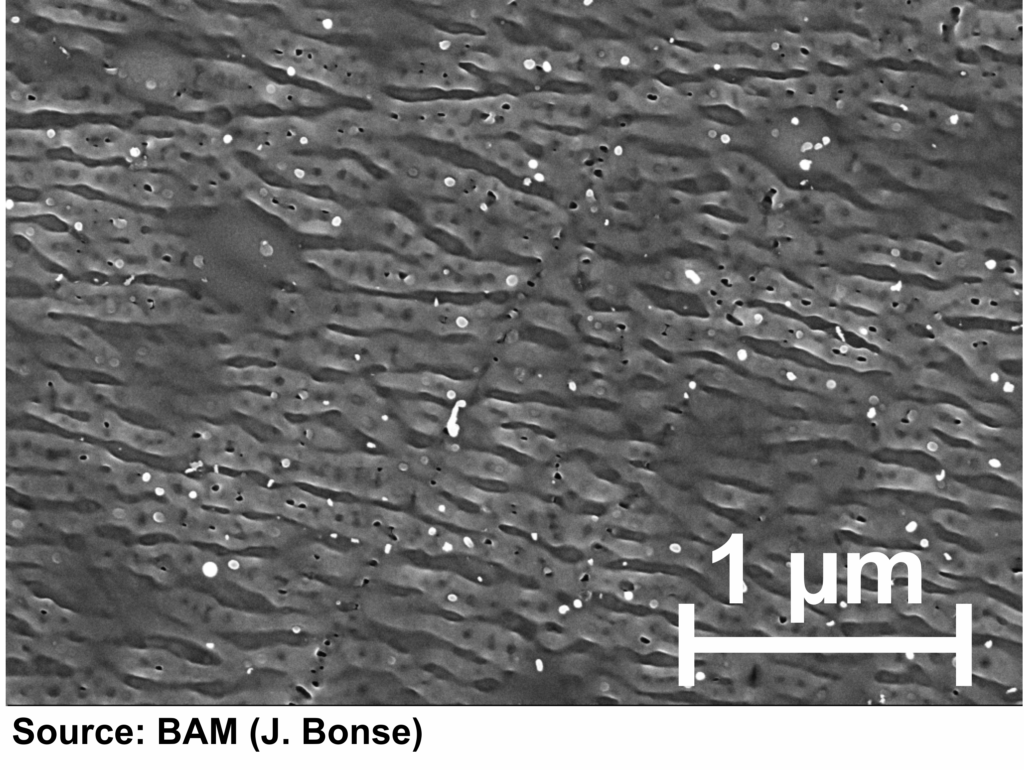
Why do you think LIPSS have become so interesting to so many people?
Bonse: Ripples were first observed by Milton Birnbaum as a side effect in 1965 when he fired a ruby laser beam at a polished semiconductor crystal surface. At the time, people were just starting to build lasers and nobody really cared about these patterns until the 1980s when various North American researchers including John Sipe and Anthony Siegman from Stanford University started working here. Still, even then, the LIPSS story seemed to be over before it had really started as there weren’t any applications for these patterns. However, come 2000, this changed. Technology from Nobel Laureates, Donna Strickland and Gérard Mourou, meant that stable, ultrashort pulsed, solid state lasers were now being used in many laboratories. Also nanotechnology had started to become very fashionable, which meant more research funds were available to study LIPSS. And this also coincided with the discovery of the high spatial frequency LIPSS, which really sparked a lot more research and interest. If I am honest, I’m a little surprised that the interest in this field of research has lasted so long, but I don’t see this dropping now. In that sense, LIPSS can be considered as a ‘scientific evergreen’.
Are there any barriers to LIPSS being used commercially?
Bonse: We’ve learned a lot about LIPSS but in the last few years people have been asking how we can practically use this technology – so the LIPSS community is really searching for a ‘killer application’. To start with, a key drawback for the high spatial frequency LIPSS was that it wasn’t cheap – to create these patterns you need to use ultrashort laser pulses, which at the time were remarkably more expensive than other laser sources. Because of this, you then had to find a high-end application to justify these additional costs. Luckily in recent years we’ve seen big technological jumps in ultrashort-pulsed lasers alongside advances in laser scanning technology, which means you can process larger areas of a surface much more quickly, making the process cheaper.
You and your colleagues have been involved for several years in EU research projects, inspired by nature. What project are you working on right now?
Bonse: I’m currently involved with a project called BioCombs4Nanofibers, which is learning lessons from spiders to tackle nanotechnology challenges. So-called cribellate spiders have a kind of ripple pattern, or specialised biocomb (the calamistrum), on their legs which they use to control the silk-thread produced when they weave a web. The extremely thin thread does not stick to their biocombs so if we could transfer these structures to technical surfaces by laser processing, we could make anti-adhesive tools that can better handle synthetic nanofibers. The project is coordinated by the Johannes Kepler University of Linz, Austria, and requires a very interdisciplinary team – we have biologists, physicists and engineers working together on this. Researchers from RWTH Aachen University, Germany, are growing the spiders and mimicking the spinning process while colleagues at Linz, BAM, the Foundation of Research and Technology Hellas, Greece, and the Romanian National Institute for Laser, Plasma and Radiation Physics are working with the lasers. Finally, Elmarco, Czech Republic, is developing the spinning equipment for the nanofibers. We are also looking at the antibacterial properties of these laser-mimicked nanostructures on technical surfaces, as bacteria also use nanofibers to interact with their surroundings.
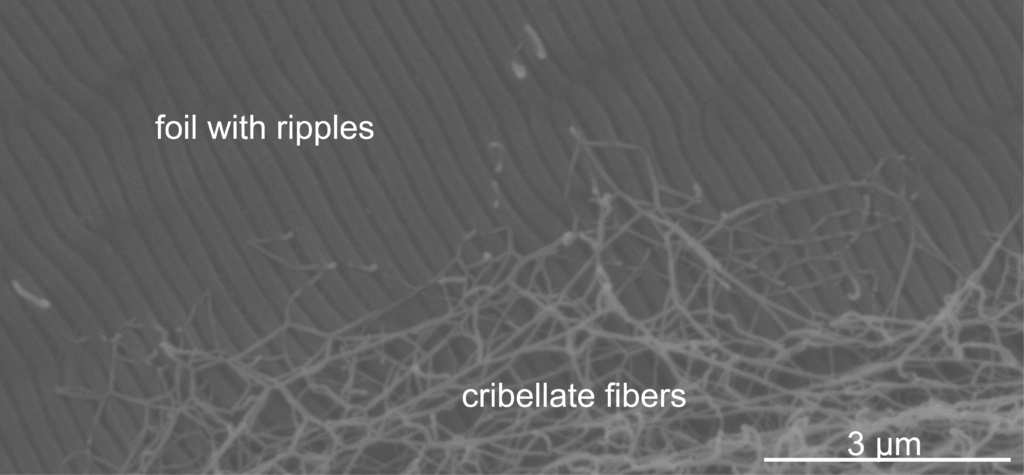
What other applications do you think are particularly promising right now?
Bonse: In my view, the LIPSS community is now systematically exploring different applications. At BAM we have also looked at how laser nanostructured surfaces can reduce friction and wear in automotive components. Researchers from Dresden University of Technology and Airbus Central Research and Technology and other partners are working on anti-icing surfaces, inspired by the self-cleaning properties of the Lotus leaf. Here they are using LIPSS and other combined micro and nanostructures to create hydrophobic surface structures that will prevent water droplets from freezing on the mechanical parts of airplane wings. Icing is a problem in the aviation industry and this approach hasn’t been explored in detail before. Another application I am watching is catalysis – LIPSS can be used to improve catalytic reactions. However, for any application you always have to ask, is this better than the other technologies that are already available? Often LIPSS will have an effect but it is not necessarily better than that of another technology. This is something our community should always consider.
What do you think of projects such as Laser4Surf that are aiming to speed up LIPSS processing and make it available on a mass scale?
Bonse: This is good as lasers are the perfect tools for making these kinds of structures on surfaces. Thanks to the laser beam, these systems are contactless, which means you don’t have any wear or deterioration of your tool. You can also embed the lasers as part of an inline process and use many laser beams in parallel, speeding up production times while reducing costs. Importantly, the European Union is helping to develop LIPSS in a range of funding schemes including ‘Future and Emerging Technology’ research projects as well as the ‘Technologies for Factories of the Future’ programme, as granted for Laser4Surf.
Where would you like to see LIPSS in five years’ time?
Bonse: I would really like to see the technology entering daily use – we are not quite there yet. We have to identify the unique applications and reach industrial mass production – if we don’t, production managers will always look at the costs and say, ‘it’s nice but it’s too expensive’. However, in my opinion, the community is moving in the right direction.
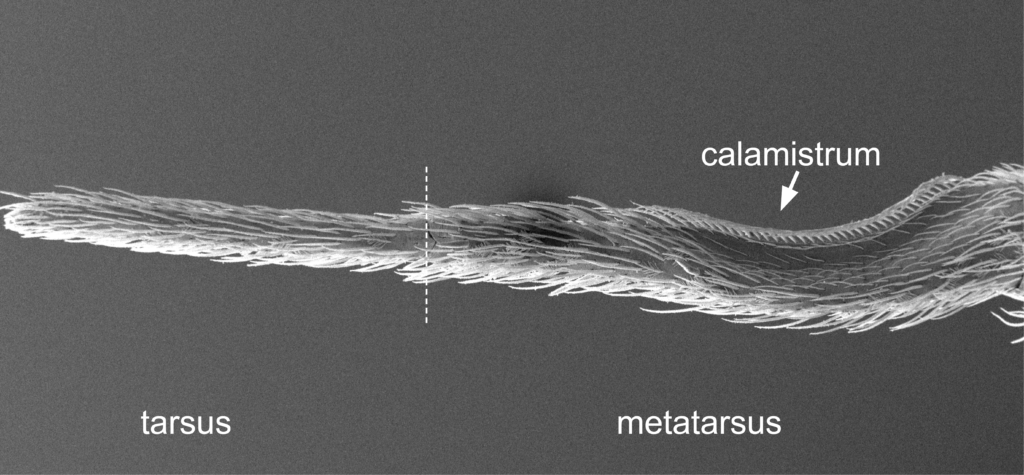
Further reading (open access):
[1] J. Bonse, S. Höhm, S.V. Kirner, A. Rosenfeld, J. Krüger, „Laser-Induced Periodic Surface Structures — A Scientific Evergreen“, IEEE J. Sel. Top. Quantum Electron. 23 (2017), 9000615, https://doi.org/10.1109/JSTQE.2016.2614183
[2] A.-C. Joel, M. Meyer, J. Heitz, A. Heiss, D. Park, H. Adamova, W. Baumgartner, “Biomimetic Combs as Antiadhesive Tools to Manipulate Nanofibers”, ACS Appl. Nano Mater. 3 (2020), 3395–3401, https://doi.org/10.1021/acsanm.0c00130
Video:
https://www.youtube.com/watch?v=tz7XJkKxgeY&feature=youtu.be
